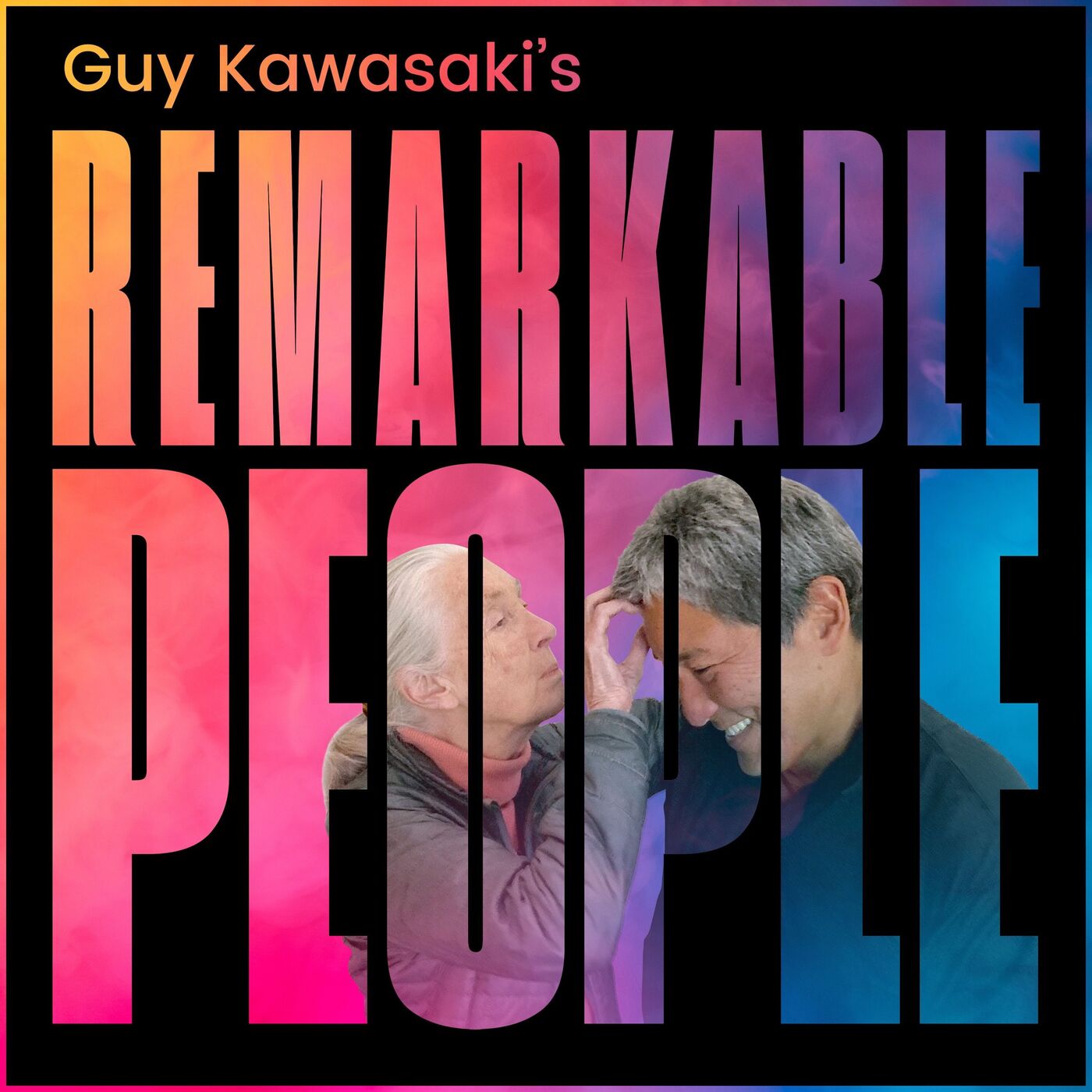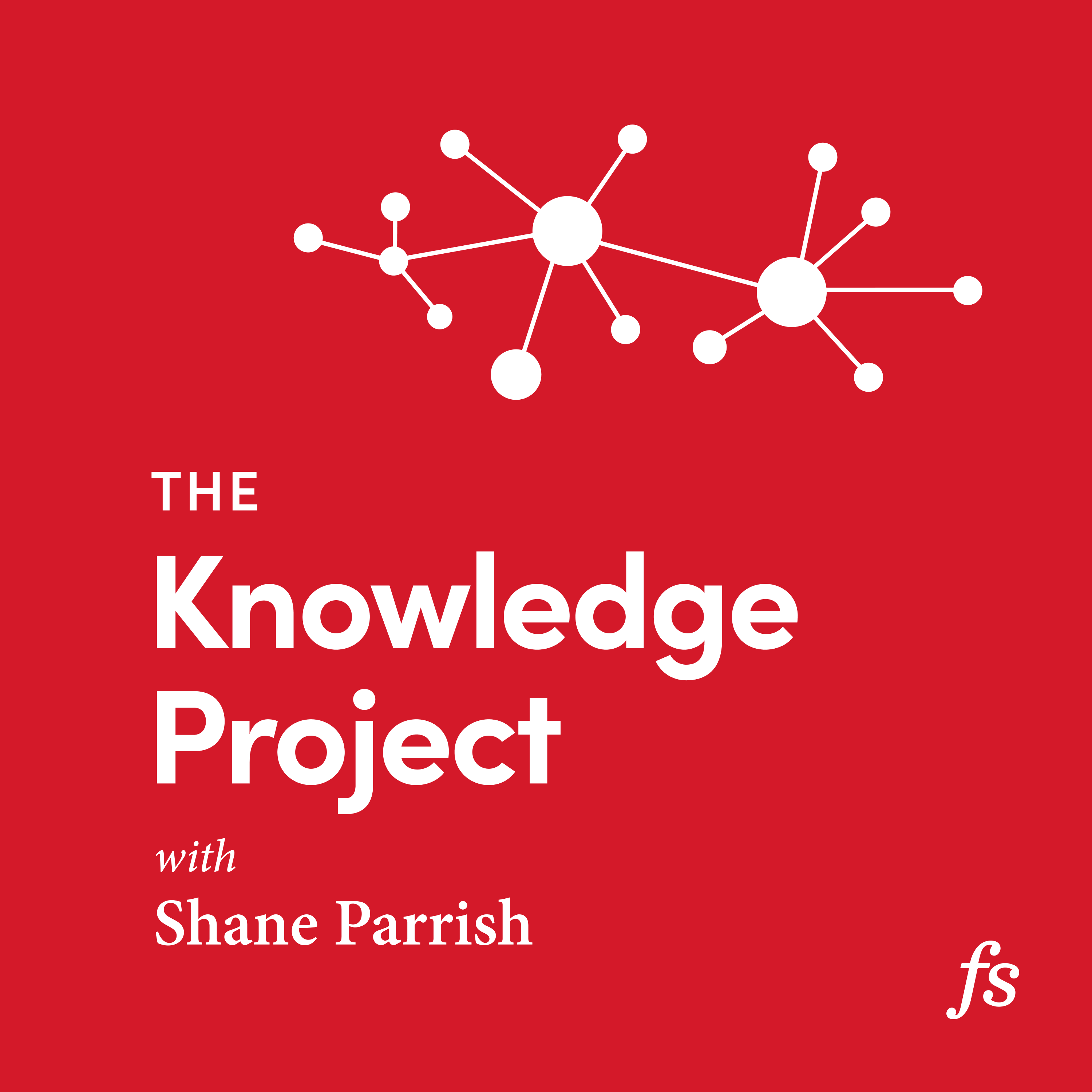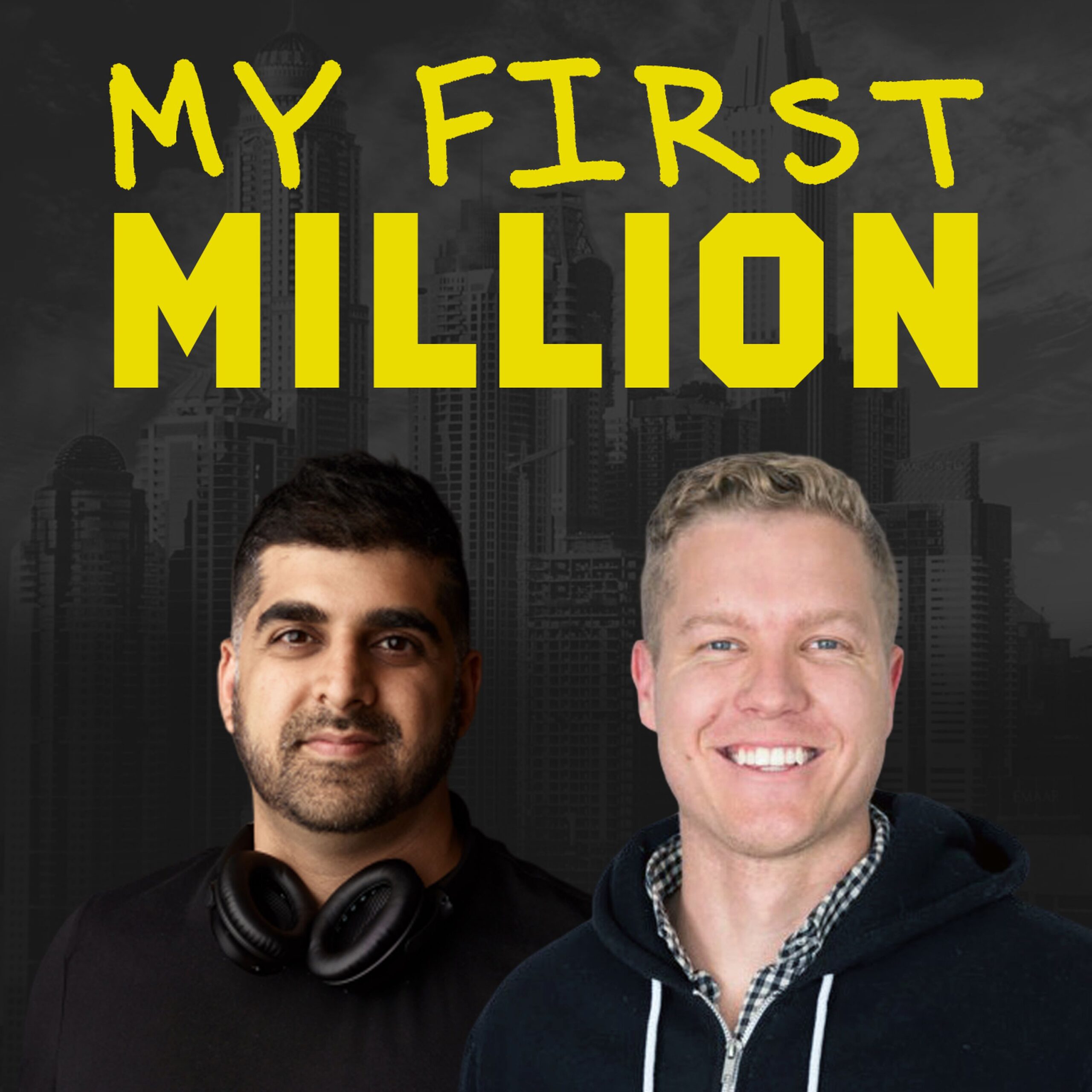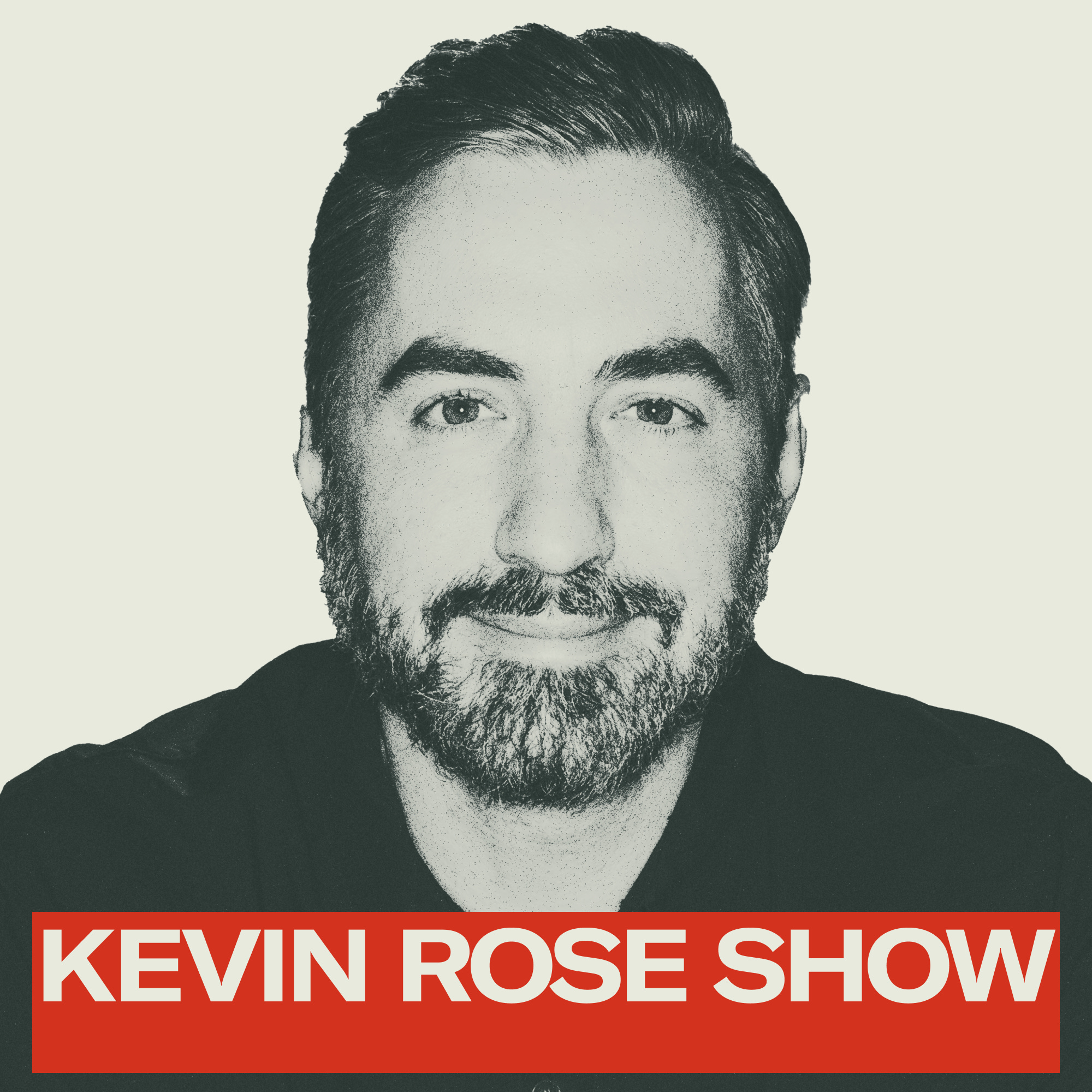#41 – Dating app that has an admissions process like Harvard
** In our Facebook group yet? We hang out there so come join and let’s talk ideas: www.facebook.com/groups/ourfirstmillion ** Amanda Bradford (@amandabradford) was 28 years old, in business school and using dating apps. She got tired of stalking every match on Linkedin, Facebook etc.. to see if they were legit. Why doesn’t the dating app … Read more





